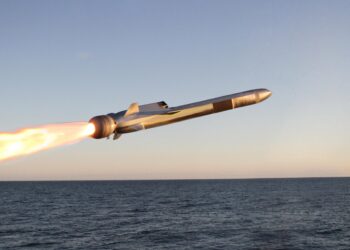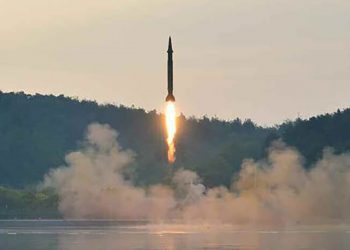NATO, NATO’s 26 countries agreed to assess by February 2008 the political and military implications for the Alliance of the US missile defence system.
Following up on decisions from NATO’s 2006 Riga Summit, the assessment will include an update on missile threat developments, taking into account the discussions about a US “third site” in Europe.
“The NATO roadmap on missile defence is now clear,” said NATO Secretary General Jaap de Hoop Scheffer, “It is clear, practical and agreed by all.”
Three-track approach
In essence, the Alliance will pursue a three-track approach to missile defence: continue the ongoing NATO project to develop by 2010 a “theatre missile defence” for protecting troops deployed on missions from missile threats; assess the full implications of the US system for the Alliance, and continue existing cooperation with Russia on theatre missile defence as well as consultations on related issues.
The decision was announced by the Secretary General on the first day of a meeting of NATO Defence Ministers at the Alliance’s Headquarters in Brussels, 14 June.
He stressed that discussions on missile defence were based on two key principles: the “indivisibility of security” and that there could not be “A or B” NATO members in terms of protection from missile threats.
Specifically the Secretary General said that the study will focus on the possibility of “bolting” NATO’s theatre missile defence on the US system to ensure that all of Alliance territory would be covered from missile threats.
The first day of the meeting focused on the continuing transformation of the Alliance’s operational capabilities.
Britain, Germany jointly developing missiles: ministers
Britain and Germany are working together to develop strike missiles, their defence ministers said Thursday, as Russia's war rages in...









